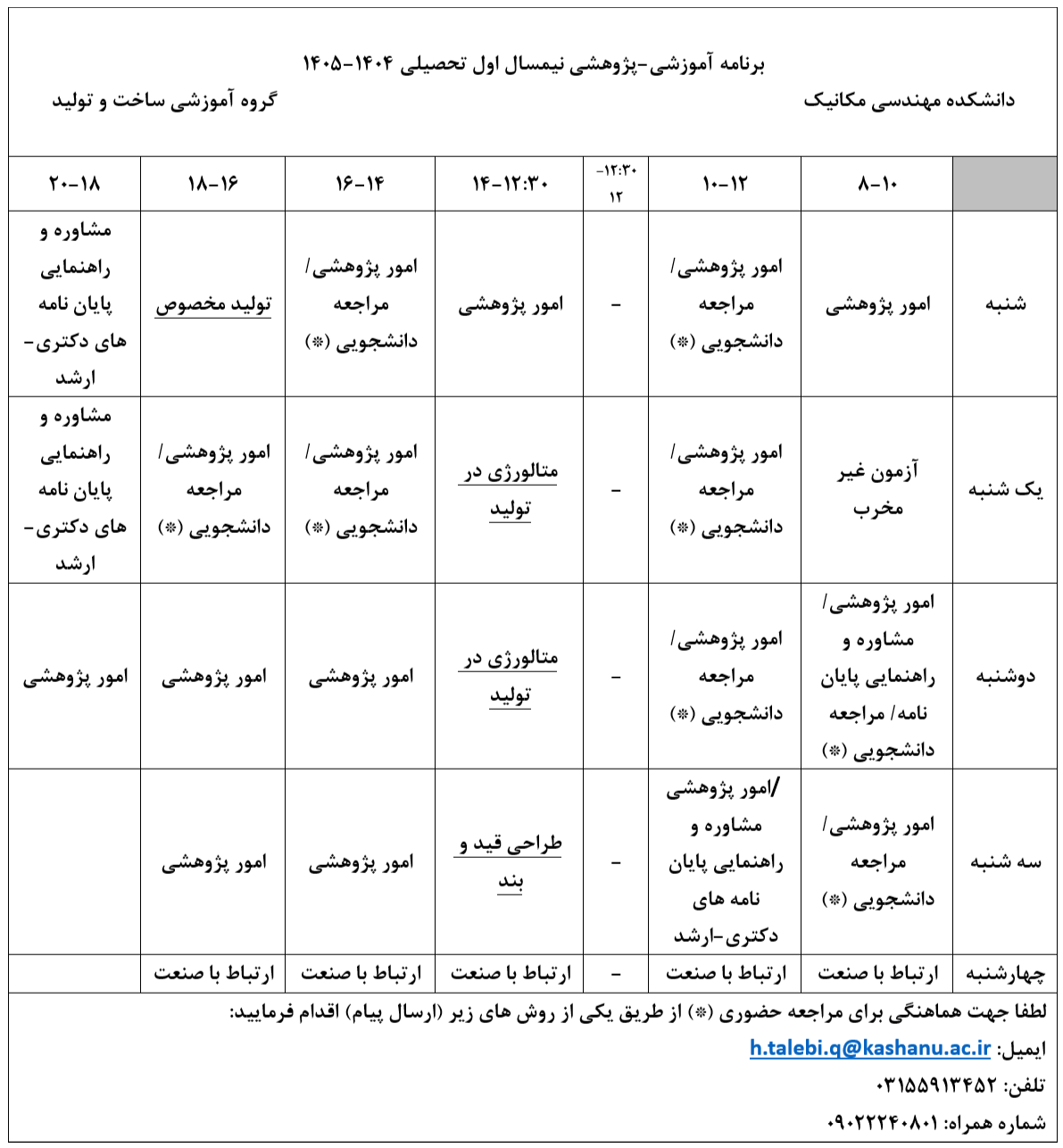| نویسندگان | وحید مدانلو,حسین طالبی قادیکلائی,مجید الیاسی |
|---|---|
| نشریه | INT J HYDROGEN ENERG |
| شماره صفحات | 5729 |
| شماره مجلد | 46 |
| ضریب تاثیر (IF) | ثبت نشده |
| نوع مقاله | Full Paper |
| تاریخ انتشار | 2021-01-13 |
| رتبه نشریه | علمی - پژوهشی |
| نوع نشریه | الکترونیکی |
| کشور محل چاپ | ایران |
| نمایه نشریه | SCOPUS ,JCR |
چکیده مقاله
In this paper, the stamping process was employed to fabricate metallic bipolar plates (MBPs). An account of low formability of the commercially pure titanium (CP–Ti), the fracture is the most common defect during its plastic deformation. Consequently, prediction of the fracture onset during the stamping was studied using three ductile fracture criteria including Rice-Tracey, Brozzo, Ayada, and a developed forming limit criteria based on consideration of the material size effect. The damage value in the lateral and central channel was evaluated to determine the critical channel and element. According to the results, the most accurate fracture prediction during stamping of titanium bipolar plates could be obtained via Brozzo ductile fracture criteria with an error rate of 3.68% compared to experiments. Moreover, the strain-based criteria represent higher fracture prediction errors compared to damage criteria. The stress state analysis showed the variation of stress triaxiality during the process leading to less accuracy of the strain-based criteria. According to the results, the damage function of the ductile damage criteria was more reliable for the semi-proportional loading path during the stamping of the titanium bipolar plates which makes them more suitable for accurate fracture prediction during the process.

